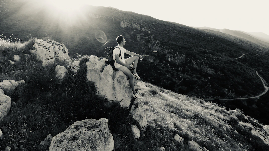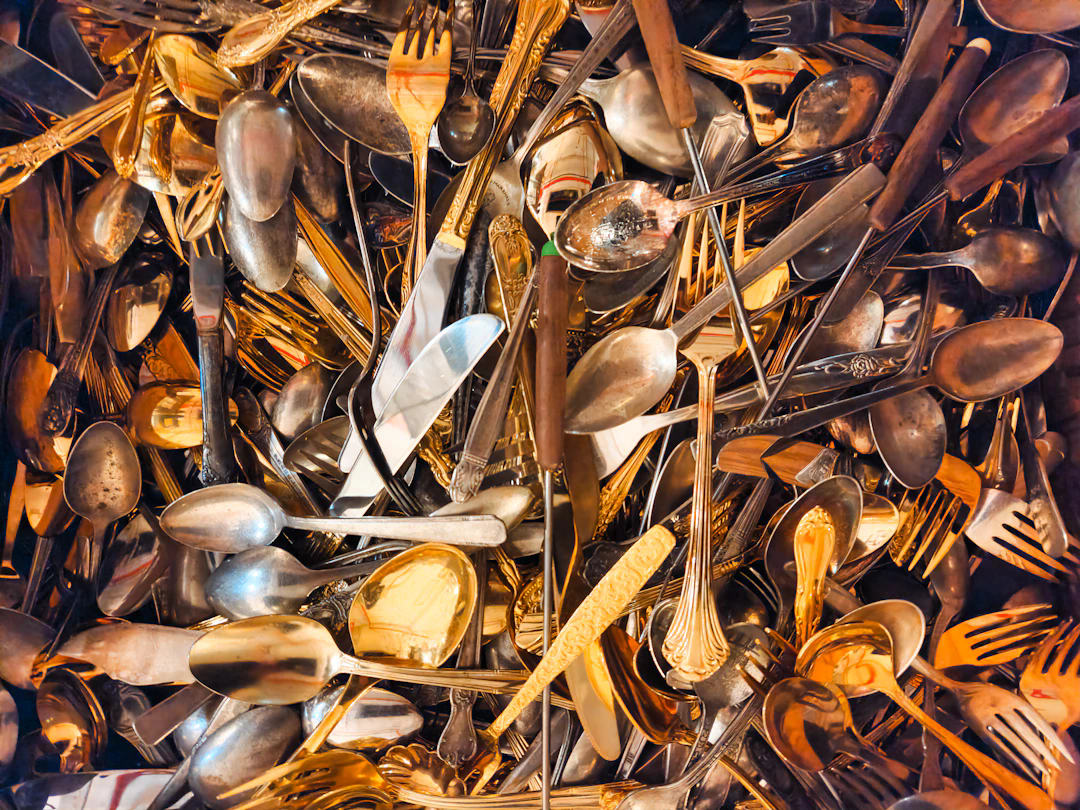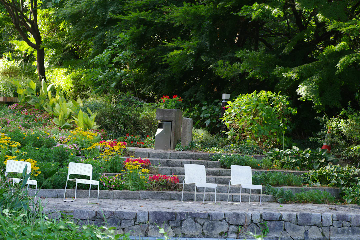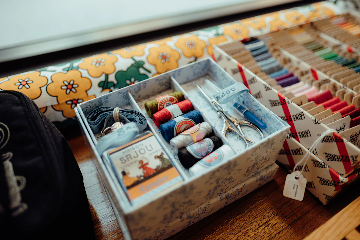Imagine breathing new life into your kitchen scraps and garden waste, all while nurturing the future blooms in your own backyard. For Seattle homeowners chasing sustainable gardens (and lush bouquets from your cut flower beds), a simple home composting can is an essential first project. Drawing on both engineering know-how and eco-conscious design, I'll share how to transform a humble garbage can into a mini compost powerhouse—no big yard or fancy equipment required!
Composting at home is more approachable than you might think. The secret? Mix equal parts ‘brown’ (dried leaves, newspaper, untreated straw) and ‘green’ matter (veggie scraps, coffee grounds, eggshells) for well-balanced results. Skip the meats and dairy—they can cause unwelcome odors and complicate the process, especially for beginners. Turn your waste regularly to foster decomposition, let beneficial microbes do their magic, and soon you’ll have rich, crumbly compost—a gardener’s gold.
Space tight? No need to worry! Many Seattle homes work with modest yards or even just patios. Luckily, a basic 32-gallon plastic trash can, drilled for airflow and set on cinder blocks, kickstarts your compost journey without demanding precious square footage. Plus, using a small upcycled milk carton under the kitchen sink means easy scrap storage without any mess or smell between trips to your bin.
The science is simple: smaller pieces compost faster, so shred your newspaper and chop leaves when possible. Turning the pile weekly—either roll the can on its side or use an auger—helps aerate the materials and accelerates their breakdown. It’s a surprisingly fun family activity (and an education in eco-friendly living for kids, too!).
Easy DIY Compost Can Instructions
Here’s what you’ll need for your Seattle-optimized compost bin:
- 32-gallon plastic garbage can with tight-fitting lid
- 3/8-inch drill bit (for airflow holes)
- 2 cinder blocks (to elevate the can for drainage and air)
- Shredded paper, kitchen scraps, coffee grounds, dead leaves
Assembly is a snap: drill holes along the sides and bottom of your can, set it up on the cinder blocks, and start layering in your greens and browns. Secure the lid to keep critters out. Turn the contents a few times each week to keep things humming—Seattle’s cool, moist climate often makes for perfect composting conditions.
This system works beautifully for raised bed and micro-gardens, especially since a single standard bin can easily generate enough compost for a good-sized Seattle cut flower patch or a few vegetable boxes. Even apartment dwellers can use a compact version for balcony gardens.
Compost Ingredients: Mix & Match Table
| Brown (Carbon) | Green (Nitrogen) |
|---|---|
| Shredded newspaper | Vegetable scraps |
| Dried leaves | Coffee grounds |
| Untreated straw | Fresh grass clippings |
| Sawdust (untreated) | Eggshells |
This balance encourages quick decomposition and reduces odor. As an engineer, I can confirm: tweaking this ratio makes all the difference in the finished product’s quality!
Homemade compost can transform awkward Seattle soil, boost moisture retention during dry spells, and supercharge those signature Pacific Northwest blooms. With a little curiosity and a drill, you’ll turn rubbish into garden riches—and keep your homegrown bouquets abundant all season long.
References:
[1] T. Dash, "DIY Home Composting Can and Composting Guide," Boulder Locavore.
https://boulderlocavore.com/how-to-make-a-simple-diy-home-composting-can-with-composting-guide/
Read More

Camila Ward
Author
Raised in a bustling suburb of Atlanta, Camila Ward grew up fascinated by machinery and how things work. She attended Georgia Tech and became a mechanical engineer, quickly making a name for herself through innovative eco-friendly design projects.
After a decade in R&D for a major tech firm, Camila took a leap and opened her own consultancy. She now specializes in sustainable solutions for urban environments, balancing her technical expertise with a commitment to social responsibility.


